The Leading Performance & Creative Marketing Agency for Luxury & Premium Brands
VERB Brands is a luxury digital marketing agency which helps brands reach affluent & HNW audiences through data, creative & media. We support brands across their search, media buying, social media & creative content. Backed by the Croud Group, we have international scale and technology to help our brand’s grow.
Brands We’re Proud To Work With















Featured Work
View All Work
Calzedonia
Calzedonia
Aston Martin
Aston Martin
Creed Fragrances
Creed Fragrances
The Ritz London
The Ritz London
Maybourne Hotel Group
Maybourne Hotel Group
Business of Fashion
Business of Fashion
The Ritz London
The Ritz London
Calzedonia Beachwear
Calzedonia Beachwear
Flannels
Flannels
Creed Fragrances
Creed Fragrances
Jimmy Choo
Jimmy Choo
Claridges, The Connaught & The Berkeley
Claridges, The Connaught & The Berkeley
Gemma by WP Diamonds
Gemma by WP Diamonds
BUGATTI
BUGATTI
The Calzedonia Group
The Calzedonia Group
Agent Provocateur
Agent Provocateur
Roja Parfums
Roja Parfums
Bloomingdale’s




